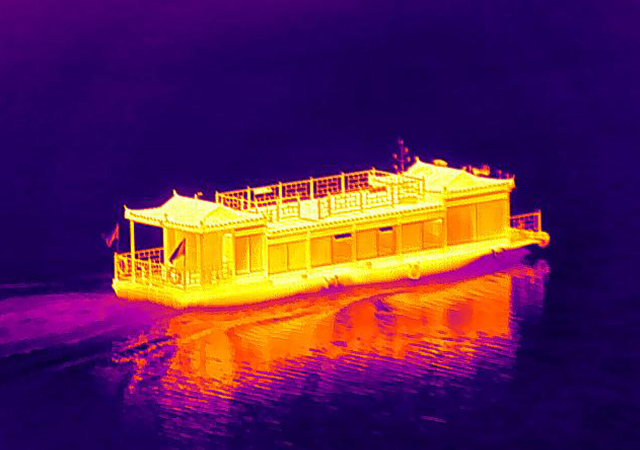LWIR (Long-Wave Infrared) and MWIR (Mid-Wave Infrared) are two specific regions within the infrared portion of the electromagnetic spectrum. The main difference between LWIR and MWIR lies in the wavelength range and the applications they are commonly used for.
LWIR refers to the longer wavelength infrared radiation, typically ranging from 8 to 14 micrometers (µm). LWIR is often referred to as the “thermal infrared” region because objects at room temperature emit most of their infrared radiation within this range. LWIR imaging technology is commonly used in applications such as night vision, thermal imaging, and sensing heat signatures. It is particularly effective in detecting temperature variations and providing detailed information about the thermal characteristics of objects.

On the other hand, MWIR refers to the mid-range wavelengths of infrared radiation, typically ranging from 3 to 5 µm or sometimes up to 8 µm. MWIR is often called the “thermal imaging” region and is used for various high end applications, industrial and scientific applications. MWIR devices are capable of capturing images with greater resolution and sensitivity compared to LWIR. They are commonly used for remote sensing, surveillance, and target identification due to their ability to provide enhanced detail and better penetration through atmospheric conditions.

In summary, the primary distinction between LWIR and MWIR lies in their respective wavelength ranges and the applications they are suited for. While LWIR is used for thermal imaging and heat detection, MWIR is preferred for applications requiring higher resolution and the ability to penetrate atmospheric interference.
Go Top